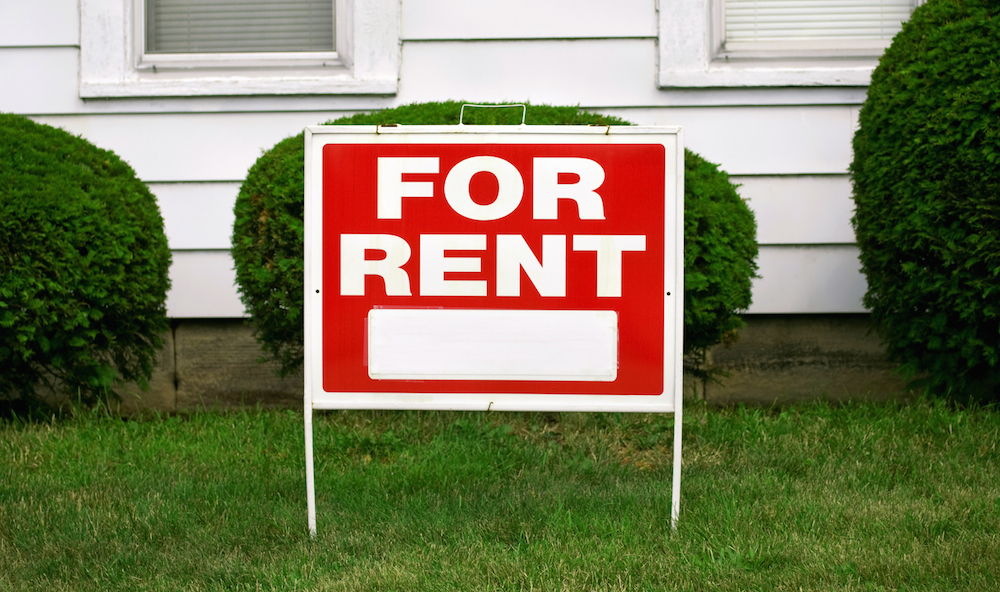Last week, a new report from Moody’s Investors Service highlighted Home Partners of America and its “unique” blueprint for property acquisition – rent-to-own.
Home Partners of America works with prospective homebuyers who want to buy but can’t because of credit issues, a lack of savings or other issues.
As part of Home Partners of America’s program, the company helps consumers identify and buy homes that the consumers choose, but can’t buy themselves. Home Partners of America then rents the property to the consumer with a goal of selling the property to the tenant at in the future.
Moody’s report highlighted the benefits for consumers and investors that stem from Home Partners of America’s program, but a new report from Kroll Bond Rating Agency throws a wet blanket onto anyone (including this author) who posited that rent-to-own could be the “future of housing.”
According to KBRA’s report, rent-to-own presents more risks for investors than the more common single-borrower, single-family rental securitizations that have grown in popularity over the last several years.
KBRA cites a primary concern of rent-to-own is the number of legal questions that surround deals of this type, specifically whether rent-to-own deals could be viewed as predatory lending.
“A primary concern was that the legality of purchase options associated with rent-to-own properties are largely untested and there is a possibility that these purchase options could subsequently be found to violate consumer protection and/or predatory lending laws,” KBRA said in its report.
This presents multiple, serious problems for any investors who buy into a securitization backed by rent-to-own properties, KBRA said.
In one example provided by KBRA, if it was determined that the purchase option attached to a property violated consumer protection laws, tenants would then stop making rental payments, which could cause significant shortages in the funds available to the note holder to make payments to the servicer.
And if that happens, the funds that ultimately flow to the bondholder could dry up as well.
Another concern that makes rent-to-own riskier than single-family rental is the “heightened risk of adverse selection” that would negatively impact the bondholders, KBRA writes.
According to KBRA, adverse selection “could potentially materialize in the form of higher tenant default rates, as well as in the form of cherry-picking” under the rent-to-own structure.
KBRA writes that tenant default rates can vary drastically, with high credit quality tenants experiencing a less than 1% default rate and the lowest credit quality tenants experiencing default rates as high as 18%, according to analysis by Experian.
The difference between single-family rental and rent-to-own tenants could be significant in terms of their credit quality, KBRA writes.
“To date, the tenant delinquency rates in typical single-family rental transactions have averaged at less than 1%, with limited variability across transactions and time,” KBRA writes in its report.
“This consistency can at least partially be attributed to the relatively similar business models and tenant selection criteria employed by SFR operators,” KBRA continues.
“However, the rent-to-own model may specifically attract only those tenants that ultimately want to own the rented property, but who currently lack sufficient credit to enable them to obtain mortgage financing, thereby self-creating a concentration of only weaker tenants versus a more normal distribution in tenant quality,” KBRA adds.
KBRA said that an increased concentration of potentially lower credit quality tenants would lead to “dramatically higher tenant default rates,” which would, in turn, lead to a higher likelihood of loan default and higher loss severity upon default.
KBRA also notes that tenants holding the purchase option on homes that are experiencing an increase in property value are “highly likely” to exercise their purchase option, while tenants of homes with depreciating value will be far less likely to exercise their option.
And that could lead to the pool being at more exposed to lower quality assets.
KBRA does caution that rent-to-own securitizations are in their extreme infancy, and said that it expects to see “significant diligence and disclosure” surrounding the deals’ inherent risks.
But for now, rent-to-own presents more risk to bond investors, KBRA writes.
So let’s maybe tap the brakes on it being the “future of housing,” at least for now.






